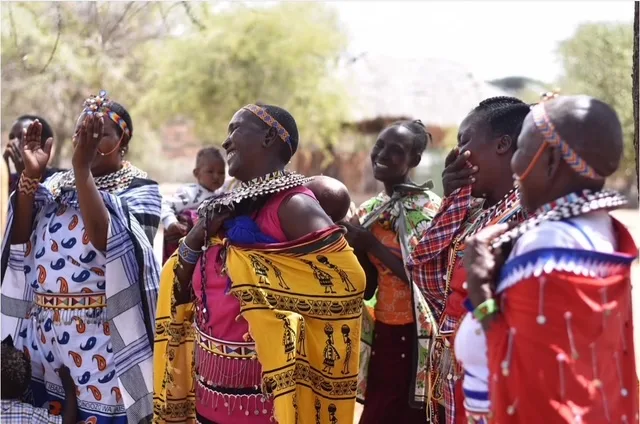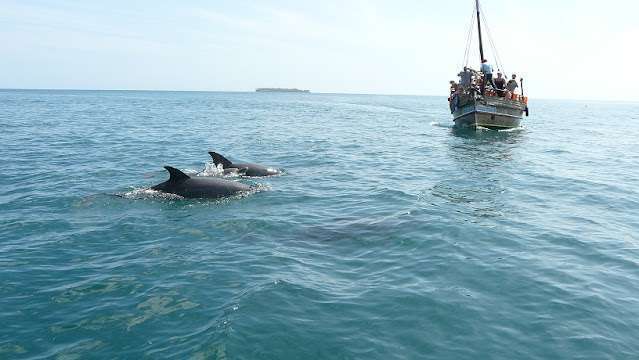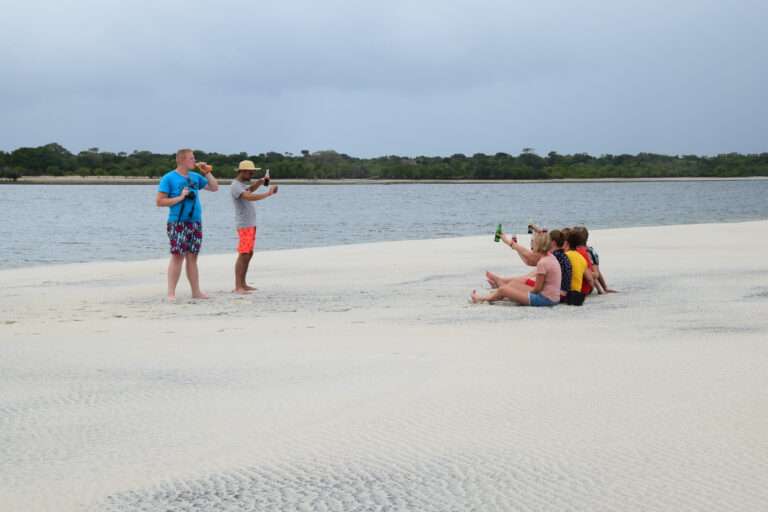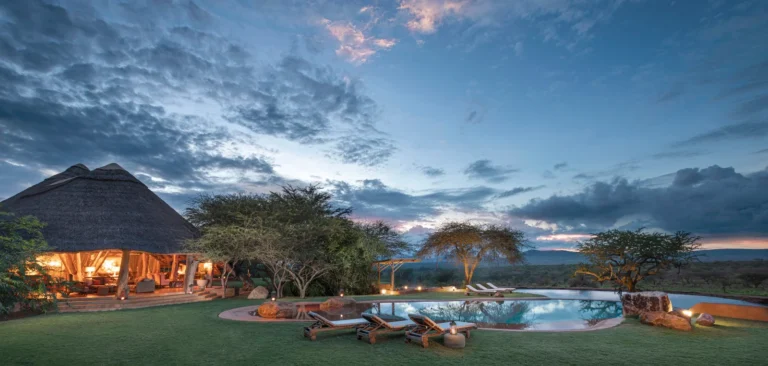- Home
- Destination
- Safaris
- Kenya
- 10 Days around Mount Kenya
- 7 Days Great Rift Bike Safari
- 7 Days Best of Birding Safari
- 7 Days Lake Turkana Safari
- 13 Days Kenya’s Historic Railway
- 14 Days Kenya’s Rift Valley Lakes
- 8 Days at the Beautiful Diani Beach
- 8 Days South Coast & Tsavo East
- 12 Days Photographic Safari
- 10 Days Beach Safari from Diani to Lamu
- 8 Days Kenya Horizon
- 12 Days Across Kenya
- 10 Days Flying Safari Amboseli and Northern Kenya
- Tanzania
- Uganda
- Rwanda
- Kenya
- About Us
- Travelling Tips
- Gallery
- Blog
- Home
- Destination
- Safaris
- Kenya
- 10 Days around Mount Kenya
- 7 Days Great Rift Bike Safari
- 7 Days Best of Birding Safari
- 7 Days Lake Turkana Safari
- 13 Days Kenya’s Historic Railway
- 14 Days Kenya’s Rift Valley Lakes
- 8 Days at the Beautiful Diani Beach
- 8 Days South Coast & Tsavo East
- 12 Days Photographic Safari
- 10 Days Beach Safari from Diani to Lamu
- 8 Days Kenya Horizon
- 12 Days Across Kenya
- 10 Days Flying Safari Amboseli and Northern Kenya
- Tanzania
- Uganda
- Rwanda
- Kenya
- About Us
- Travelling Tips
- Gallery
- Blog
Arusha National Park
HIGHLIGHT
Arusha is the gateway to most safari destinations in Tanzania. Arusha is approximately 30 miles from Kilimanjaro International Airport and sits at an altitude of some 4100 feet above sea level.
Overview
How to get there
What to See & Do
Climate
Map
Overview
Background Information
Arusha is the gateway to most safari destinations in Tanzania. Arusha is approximately 30 miles from Kilimanjaro International Airport and sits at an altitude of some 4100 feet above sea level. The town is at the base of Mount Meru and is a wonderfully fertile area producing coffee, wheat, sisal and maize. Just a short distance from the town of Arusha is the Arusha National Park, which was described by Sir Julian Huxley as “a gem amongst parks”.
It consists of three spectacular features, the Momela Lakes, Meru Crater and the Ngurdoto Crater. On clear days magnificent views of Mount Kilimanjaro and Mount Meru can be seen from almost any part of the park. The vegetation and wildlife varies with the topography, which ranges from forest to swamp. The park is famous for its 400 species of birdlife, both migrant and resident, and the black and white colobus monkey. Other animals frequently seen are baboon, elephant, giraffe, buffalo, hippo, leopard, hyena and a wide range of antelope. Because of its proximity to Arusha, it is an ideal park for a day excursion.
How to get there
By Air: There are several ways to get to Arusha. The easiest is to get a direct flight to Kilimanjaro International Airport (KIA), which is situated about 46km/29mi from Arusha. Alternatively, you can fly to Julius Nyerere International Airport (DAR), near Dar es Salaam and get a connecting domestic flight to Arusha Airport (ARK) or Kilimanjaro International Airport (KIA). Less obvious, but often cheaper, is to fly to Jomo Kenyatta International Airport (NBO), just outside of Nairobi in Kenya, and take a shuttle bus to Arusha. In most cases, your tour operator will pick you up from the airports around Arusha and take care of further transportation. Depending on your time of arrival and departure, you might be able to fit in a half-day visit at the beginning or the end of your safari in northern Tanzania or, time permitting, you can schedule a full day.
By Road: Arusha NP is only a 45-minute drive away from the town of Arusha. In fact, some of the town’s accommodations lie on the road to the National Park. Since Arusha is the starting point of any safari in northern Tanzania, it is easy to include a visit to this little park.
What to See & Do
Arusha National Park offers beautiful landscapes and diverse animal, bird and plant life. This magnificent park is characterised by waterfalls and lakes, steep cliffs and gorges, swamps and waterholes, providing the ideal sanctuary for animals and plants. Guests can enjoy Africa at its best and experienced guides will accompany guests on walking safaris, canoeing trips on the lakes or exciting game drives.
Arusha is home to groups of forest elephant, many buffalo, water and bushbucks, duikers and dik diks. Spotted hyenas, leopards and civets are some of the predator inhabitants. A major attraction is the large number in primates; especially the black and white Colobus and the shining Sykes monkeys, which are very likely to be seen on a game drive or a walk in the park.
There are no lions in this park, and leopards are present, but not often spotted. These are elusive cats and do not often come out to hunt until dark. Arusha National Park offers more of a peaceful environment with less of the thrill of big game viewing.
Climate
Arusha National Park’s climate is normally pleasant and mild. The Dry season is from June to September, and there are two Wet seasons: the ‘long rains’ (March to May) and the ‘short rains’ (October to November). The rainy season consists of afternoon thundershowers, but it would be rare for it to rain all day. Arusha NP incorporates Mount Meru and the area at the base of the mountain and tends to get slightly more rain and clouds.
Average yearly temperatures are consistent: cool to cold at night and in the early morning, while rarely getting hot during the day. It is important to pack warm clothing for use in the evenings and game drives in the early morning.
Map
Example Trips
Book Your Safari
Browse our example trips and get in contact to start planning your very own adventure.
Our Stories
© 2025 Copyright Adventure Expeditions













